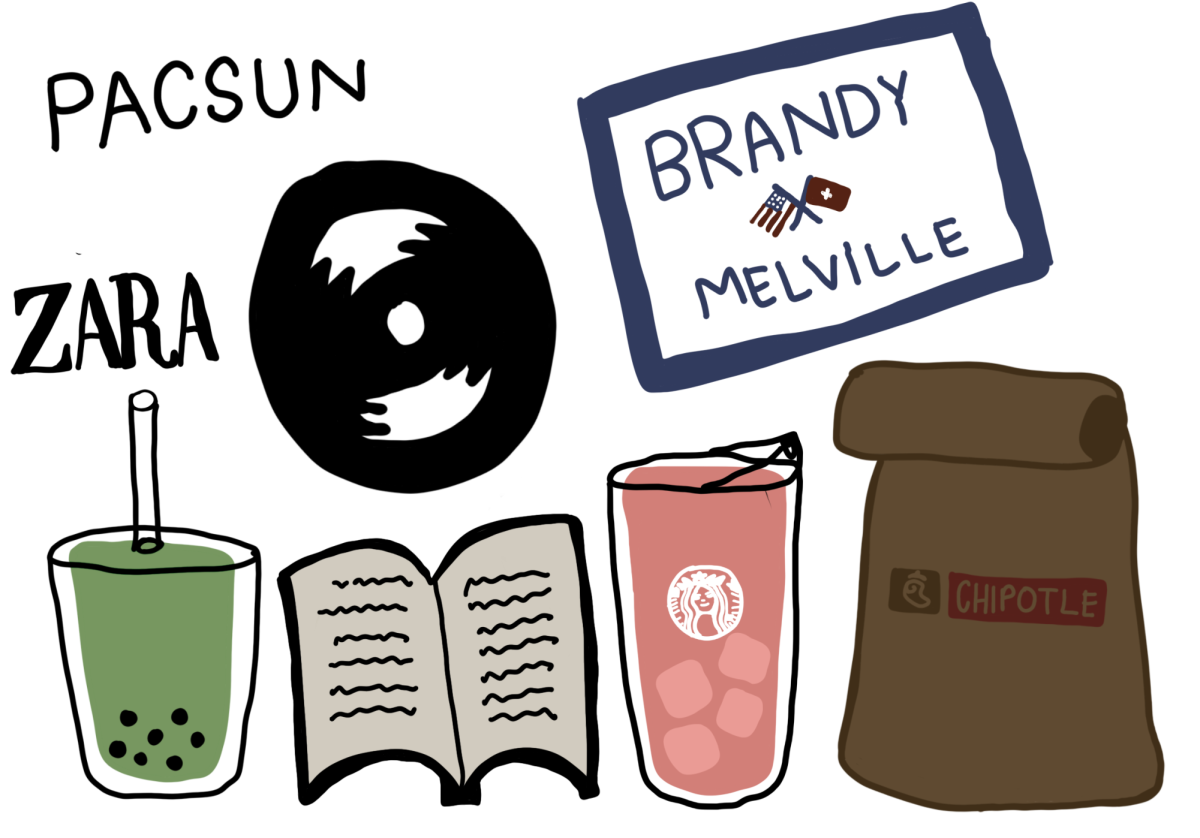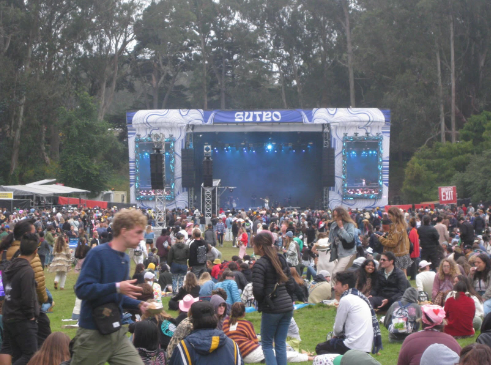
2020 brings a new telling of Jane Austen’s beloved “Emma.” While this is the fourth adaptation of the book, it is unlike many of the other Jane Austen film adaptations. Taking place in the early 19th century, the story follows Emma, an upper class, unmarried, young woman who has a habit of meddling in her friend’s lives. The current adaptation comes off much differently than the 1996 adaptation through its tight camera shots, all-encompassing soundtrack, vivid characters, and unique direction.
The film follows Emma (Anya Taylor-Joy) as she tries to play matchmaker for her friend Harriet Smith (Mia Goth). Emma makes several attempts to find a husband for Harriet, only to fall in love with someone herself. This adaptation of “Emma” was directed by Autumn de Wilde, who is most known for her work in portraiture, commercial photography of musicians, and music videos.
“Emma” is shot through a series of quick shots and straightforward angles, which are elevated with the accompanying soundtrack. The music is fast-paced and at times overwhelming, which continues the dramatic presentation of the film and succeeds in creating a sense of urgency for the characters’ actions.

Mrs. Elton over at the Woodhouses’ home
The sets of “Emma” are overly attention-grabbing, with the sets going from pastel-colored, ornate rooms to dark, opulent scenery. The houses of the characters are as extravagant as the Palace of Versailles, and this adaptation did not try to hide the characters’ wealth but instead displayed it proudly. The characters were dressed in lavish costumes and hairstyles – Mrs. Elton’s hair, done up in the shape of a bow on the top of her head, was especially striking. Emma’s clothing also adds to the film’s extravagance, as she wears ornate, attention-grabbing hats and elaborate dresses. Alexandra Byrne, the film’s costume designer, has already won several Oscars for costume design, and based on her work in “Emma,” I would not be surprised if she owns another soon.
In a clear nod to “The Handmaid’s Tale” by Margret Atwood, the clothing worn by the girls at the orphanage and the way they walk around the town in the film is eerily reminiscent of that novel. “The Handmaid’s Tale” follows a female protagonist who lives in a religious dictatorship in which the government forces women into jobs and stripping them of their rights. Atwood’s novel is known to be a warning for the future, and in “The Handmaid’s Tale”, the handmaids wear all red dresses and clothing (except for their white headwear), and similarly in the film, the girls are dressed in red capes and bonnets. In both, the women walk by two in lines. Are the similarities a coincidence, or is de Wilde making a statement about women’s treatment during that time period?
Almost satirical, this adaptation seems to bring out a message of class unseen in the 1996 adaptation. This adaptation makes the characters’ everyday lives come off as backward, adding to the negative commentary towards 19th-century class structures. The characters have an obscene number of servants with useless jobs, and all of the characters seem to care too much about seemingly meaningless things, like Emma’s reaction to her rival outshining her on the pianoforte. All of the characters from the 2020 adaptation seem to be a more extreme version of their 1996 counterparts, with each character becoming only the main character trait they had in the 1996 version. None of the characters come off as realistic and instead appear almost cartoonish. I personally did not like the portrayal of Emma in either film, and the 2020 adaptation of Emma lacked redeeming qualities. She comes off as spoiled, openly looking down on others and completely unaware of the world around her. In the 1996 version, Emma insulting Miss Bates comes as a shock to all of the characters and to the audience, but in the 2020 adaptation, Emma insulting Miss Bates (Miranda Hart) did not seem out of character at all. The film uses this different characterization of Emma to display how out-of-touch the characters are with how most people live.
Emma’s friend Harriet Smith, on the other hand, in both adaptations, comes off as somewhat childish. The two do not come off as equals as much as they do in the 1996 adaptation. In the 1996 adaptation, the two have more of a friendly relationship, but in the 2020 version, Emma feels more like she is instructing Harriet rather than talking to her. When Emma visits Harriet at the orphanage, she looks down on her and other girls for playing a game with a penny and a sandcastle. Their power dynamic only makes Emma come off as controlling and elitist.
Due to Bill Nighy’s performance, I personally found myself liking Emma’s father, Mr. Woodhouse, the most out of all the characters. The actor in the 1996 adaptation portrays Mr. Woodhouse as rather grumpy and frail, while Nighy comes off as more lively and charismatic. Mr. Woodhouse does not get as much screen time in the 2020 adaptation, but he is certainly the center of attention when he does; additionally, this new adaptation added a new characteristic for Mr. Woodhouse in which he is obsessed with imaginary drafts that he feels throughout the house. This obsession adds more to the absurdity of their lavish lives.
The new adaptation was entertaining enough that it did not feel like a complete copy of the 1996 adaptation, and I found it to be a strange take on the way most movies based on Jane Austen novels are portrayed. Do not watch this movie expecting the average version of a Jane Austen novel – the characters are not all that similar to those in a Jane Austen novel, and neither are the sets or costumes. This movie is something of its own.











